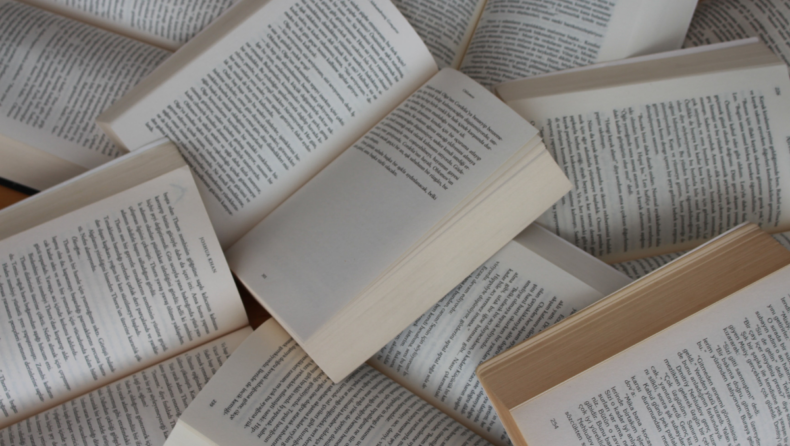Removing books from a school or library’s collection because of complaints from individuals or groups that feel the need to shield others, usually children, from the content of those books is known as “book banning.”
This practice of censorship dates back to the 17th century and has continued unabated, with the exception of politically induced moral panics that have led to an increase in the frequency with which “controversial” publications are challenged.
According to a statement released in November 2021 by the American Library Association’s (ALA) Office for Intellectual Freedom, the current wave of book banning began at the end of last year and is occurring at a rate that outpaces prior decades (OIF).
The Office of Internet Freedom recorded 155 separate instances of censorship between June 1 and November 29, 2021, a figure that OIF Director Deborah Caldwell-Stone characterised as “unprecedented.” The majority of books that have been challenged “document the LGBTQ leads, Black experiences or the experiences of other BIPOC persons,” according to the statement.
“It’s both the number of challenges and the kinds of challenges. It used to be a parent had learned about a given book and had an issue with it. Now we see campaigns where organizations are compiling lists of books, without necessarily reading or even looking at them.”
Director of the ALA’s Office for Intellectual Freedom Deborah Caldwell-Stone:
“I’ve never seen anything like this.”
The American Library Association has recorded 681 book complaints so far this year, covering 1,651 distinct works. The graphic memoir “Gender Queer” by Maia Kobabe about sexual identity and the coming-of-age novel “Lawn Boy” by Jonathan Evison, both narrated by a young gay man, were among the most frequently attacked books, according to a study published in April.
The past two years have seen a surge in conservative attacks on schools and libraries across the country, with some librarians reporting being threatened or even forced out of their positions as a result.
There were 729 challenges/bans to resources in libraries, schools, and universities, as well as research databases and e-book platforms, according to the Library Association. According to the organisation, the tally is far from complete because it relies on the self-reported information of teachers and librarians and news sources.
There has been a rise in the use of coercive techniques, such as the public condemnation of certain books and legal threats against librarians who make selections for their patrons, as well as against the books themselves, according to librarians and free speech defenders.
Here are the top five most banned books:
1. ‘Gender Queer,’ by Maia Kobabe
This 2019 graphic memoir by Kobabe, delves into issues of sexuality, gender, and coming out as non-conforming. Brief allusions to masturbation and a picture inspired by an erotic image of an older man with a youngster seen on a Greek urn have been identified as the primary reasons for the book’s removal from public and school libraries across the country.
However, as Kobabe and others have pointed out, many difficulties can be traced back to the memoir’s open treatment of gender nonconformity.
2. ‘Lawn Boy,’ by Jonathan Evison

The protagonist of Evison’s 2018 novel is a young Mexican American guy who works as a landscaper and is struggling with his sexual identity. Awarded by the Young Adult Library Services Association, the Alex Award recognises adult works that have broad appeal to young readers.
Despite being intended for an adult readership, the novel proved a hit with teenagers. Sexual contact between two boys was singled out as the target of criticism. According to Evison, he has received death threats because of the efforts to get his book banned.
3. ‘All Boys Aren’t Blue,’ by George M. Johnson

Johnson’s autobiography was praised for its raw honesty and joyous tone as it explored the hardships and triumphs of Johnson’s Black, gay upbringing. The book has been challenged in libraries all around the country because it contains explicit descriptions of oral and anal sex as well as sexual violence.
4. “Out of Darkness” by Ashley Hope Pérez’s

In “Out of Darkness,” a Mexican American adolescent girl and a Black teen boy fall in love in 1930s Texas. A parent in the Lake Travis Independent School District in Austin filed a complaint regarding a section in which adolescent guys make explicit sexual and racial comments about a Mexican American girl, one of several complaints lodged against the novel.
According to Perez, the novel’s focus on racism and sexual assault are intentional because these are problems that many young people face nowadays.
5. ‘The Hate U Give,’ by Angie Thomas

In Thomas’s first story for adults, a Black teenage girl’s friend is shot by an officer during a traffic stop. Despite being a best-seller and starting important debates about police violence, it has been widely criticised for its allegedly offensive language, graphic depictions of violence, and “anti-police” bias.
There’s a presumption that it’s an anti-police novel, but the truth is that its anti-police violence, Thomas told Entertainment Weekly.












